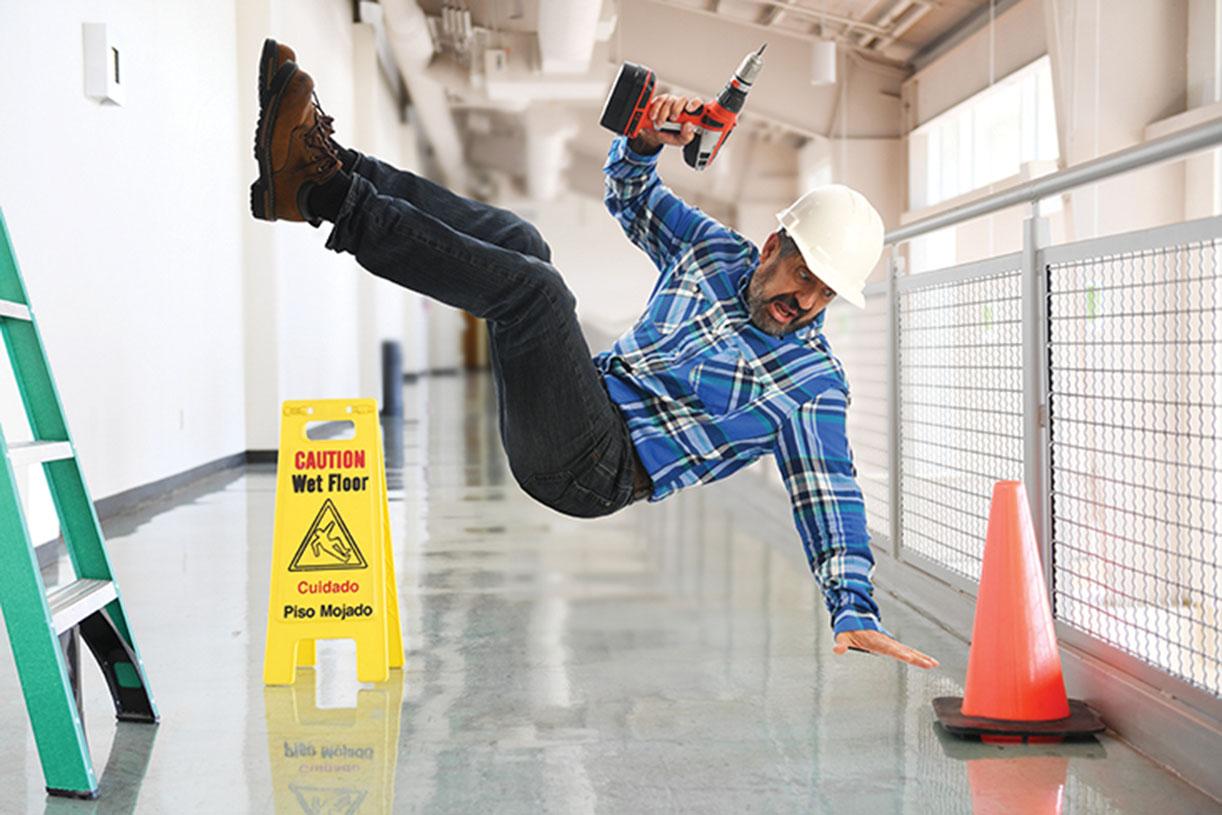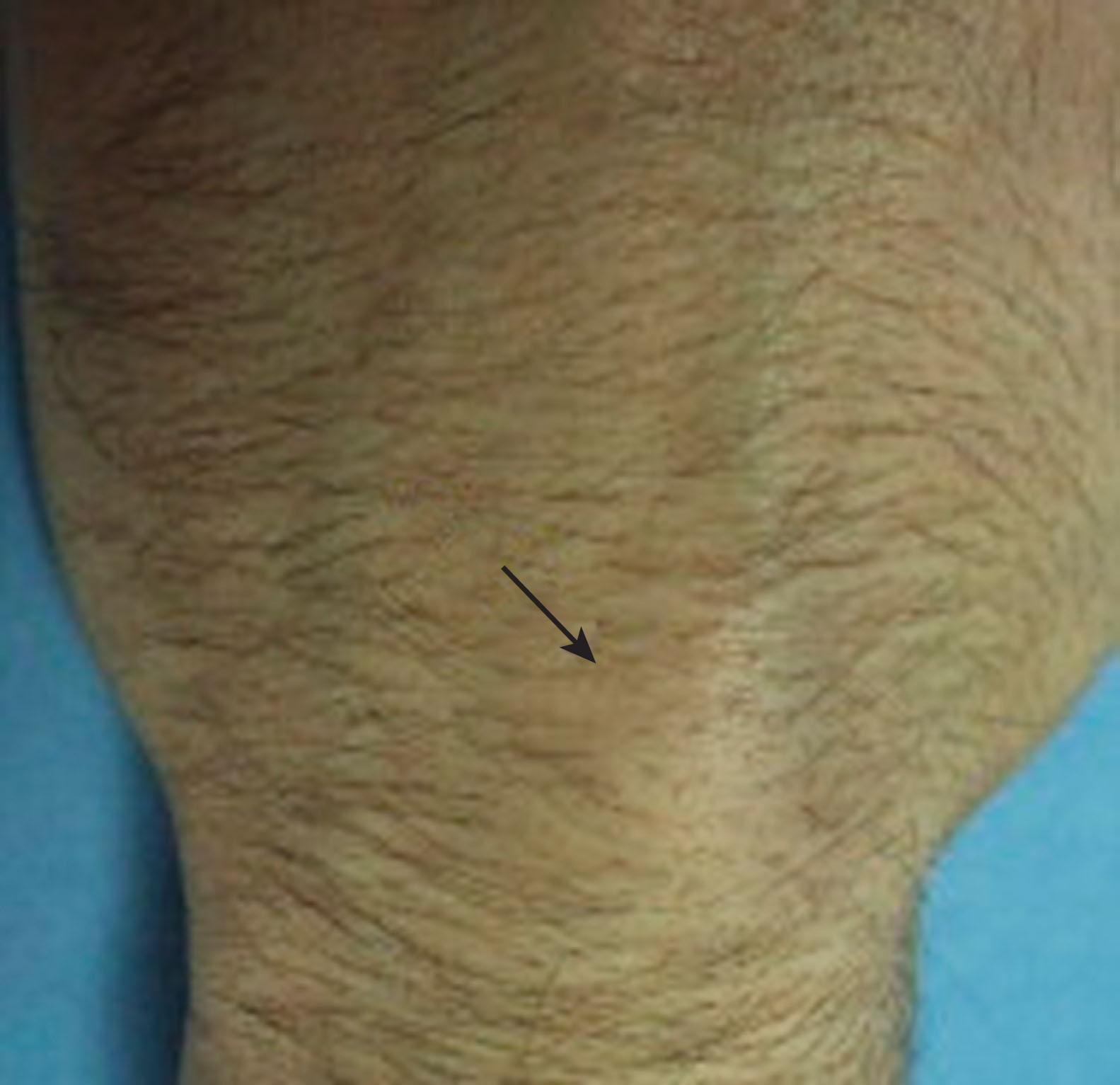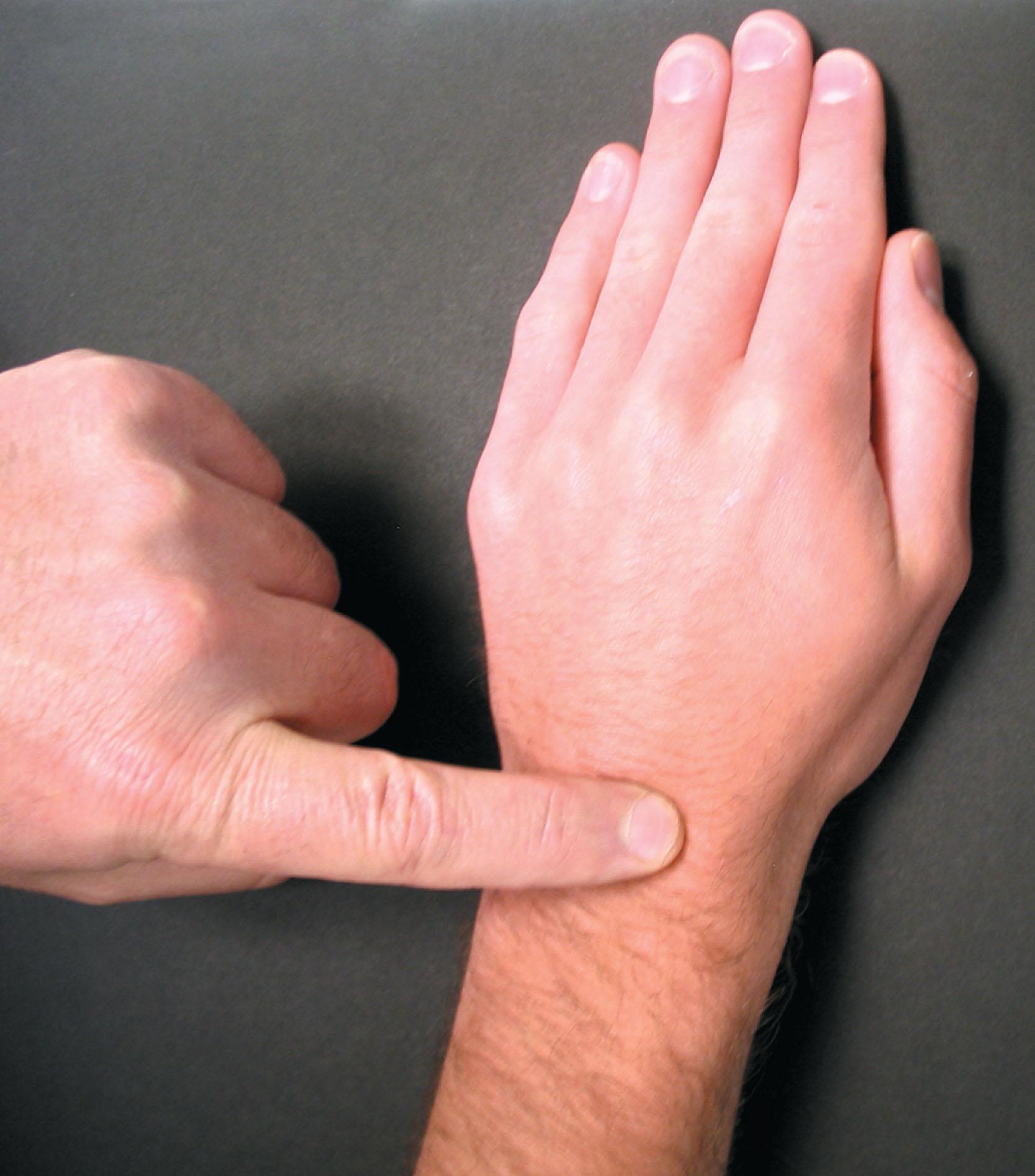Physical Address
304 North Cardinal St.
Dorchester Center, MA 02124
Learn the common causes of wrist pain.
Develop an understanding of the anatomy of the wrist.
Develop an understanding of the causes of carpal boss.
Develop an understanding of the differential diagnosis of wrist pain.
Learn the clinical presentation of carpal boss.
Learn how to use physical examination to identify carpal boss.
Develop an understanding of the complications associated with untreated carpal boss.
Develop an understanding of the treatment options for carpal boss.

Bobby Marcelo is a 48-year-old electrician with the chief complaint of “I have a painful bump on the back of my wrist ever since I fell off my ladder.” Bobby stated that a couple of months ago, as he was installing a smoke detector, he missed a step on his ladder and fell backward and landed on his outstretched hand. He said, “God was with me that day. I could have broken my neck.” Bobby said that he was “pretty shook up,” but once he realized that he wasn’t badly hurt, he got up and went back to work. “Doc, with all of the layoffs, I decided to just keep my mouth shut about my fall. I went home and iced my wrist and had a couple of cold ones, took some Advil, and went to bed.” Bobby went on to say that over the next month, he began to notice a bump on the back of his right wrist. “Doc, this thing really scared me. You know that my dad died of prostate cancer? It spread to his bones. You don’t think that’s what it is, do you?” I told Bobby that I had no reason to suspect that the bump on his wrist was cancer, but I would be sure to keep this in mind as we worked together to sort out what the bump was. “Doc, I can’t believe I fell off my ladder! This has never happened in all the years I have been an electrician. I am really careful!”
I asked Bobby if he had experienced any pain, numbness, or weakness in his hand since the fall, and he shook his head and replied, “Never. Doc, the pain is around the bump, and it can hurt when I move my wrist. I can live with the pain. I just don’t want the cancer. Oh, and if you push on the bump—oh boy! The pain gets a lot worse.” I asked Bobby how he was sleeping, and he said, “Not worth a crap, Doc. Every time I roll over, if I move my wrist, the pain wakes me up. And the worry about what this bump is hasn’t helped.”
I asked Bobby to show me where the pain was, and he pointed to the bump on the dorsum of his wrist. “Doc, the pain is right around this bump; that’s where the pain is.” I asked, “Does the pain radiate anywhere?” Bobby shook his head and said, “Doc, let’s not worry about the pain. Let’s just figure out whether or not I have cancer.” I reassured Bobby that I was taking this very seriously and all of these questions were to help me figure out what was causing the bump. I asked Bobby about any fever, chills, or other constitutional symptoms such as weight loss, night sweats, etc., and he shook his head no. He denied any musculoskeletal, systemic symptoms, or bowel or bladder symptoms.
On physical examination, Bobby was afebrile. His respirations were 18, his pulse was 72 and regular, and his blood pressure was 124/76. Bobby’s head, eyes, ears, nose, throat (HEENT) exam was normal, as was his thyroid exam. Auscultation of his carotids revealed no bruits, and the pulses in all four extremities were normal. He had a regular rhythm without ectopy. His cardiac exam was otherwise unremarkable. His abdominal examination revealed no abnormal mass or organomegaly. There was no peripheral edema. His low back examination was unremarkable. There was no costovertebral angle (CVA) tenderness. I did a rectal exam, which revealed a completely normal prostate. Visual inspection of the right wrist revealed a firm, unmovable mass on the dorsum of the wrist ( Fig. 9.1 ). The mass did not transilluminate with my penlight, suggesting that this was not a cystic mass like a dorsal ganglion cyst. There was no rubor or color and no evidence of ecchymosis of the skin overlying the mass. Deep palpation of the mass elicited pain, as did extreme flexion of the right wrist. There was no other obvious bony deformity that would suggest a previous fracture. The hunchback carpal sign was positive on the right ( Fig. 9.2 ). The Allen test was normal bilaterally, as were the Phalen and Tinel tests for carpal tunnel syndrome. The left wrist examination was completely normal, as was examination of Bobby’s other joints. A careful neurologic examination of both lower extremities was within normal limits. Deep tendon reflexes were physiologic throughout.


A history of right wrist pain immediately following a fall from a ladder
The gradual appearance of a mass on the dorsum of the wrist
The patient’s chief concern is that he has cancer
The pain is localized to the wrist and no other joints
Use of the wrist can exacerbate the pain
There is significant sleep disturbance
No fever or chills
Patient is afebrile
Firm unmovable mass on the dorsum of the right wrist
Marked tenderness to palpation of the wrist mass
Marked pain with extreme flexion of the wrist
Positive carpal hunchback test (see Fig. 9.2 )
Mass did not transilluminate
Normal neurologic examination, specifically no signs of carpal tunnel syndrome
Become a Clinical Tree membership for Full access and enjoy Unlimited articles
If you are a member. Log in here